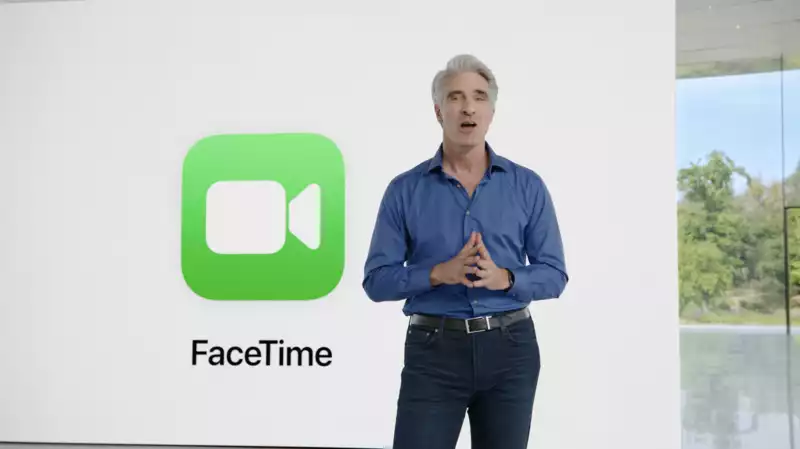FaceTime has changed the way we interact with people, but it has not always received the same level of attention as other iPhone features in Apple's annual software updates. iOS17 adds new enhancements and features have been added that make FaceTime calls more functional than ever.
We're not just talking about being able to video chat with your cat and tell her about your day at work. But most importantly, FaceTime is finally coming to a living room near you.
Based on the iOS 17 preview announced at WWDC 2023, here's what you'll be able to do with FaceTime when the full iOS 17 update arrives later this year.
If you use FaceTime often, you're probably familiar with the call tone that keeps ringing when the other person doesn't answer the call; unfortunately, FaceTime didn't have a busy tone to indicate this, nor a way to leave a voicemail like a regular call.
With iOS 17, you can now leave audio and video messages over FaceTime, ensuring that you are seen (or heard) anyway. This means that the next time you pick up your iPhone, you will be greeted by whatever FaceTime video message you receive from a missed caller. It's like sending someone a video via message, but instead you can now record the video when they don't answer the FaceTime call.
Just as you can add animation effects in Messages, iOS 17 adds a similar feature to FaceTime. However, the implementation here is different because it relies on hand gestures during a FaceTime call.
Many effects fill the entire video, making it a fun and expressive new way to interact with the caller using FaceTime. These new gesture-based animations consist of hearts, balloons, laser beams, fireworks, etc.
From Apple's iOS 17 preview page, it does not appear that all of these require gestures. Obviously, using the hand to form a heart will trigger the corresponding heart animation, but others, like the balloons and confetti responses, appear to work without gestures. It is assumed that the option will also appear on the screen during FaceTime calls.
Interestingly, Apple has left tidbits about these reactions on its site.
Technically, there is already a roundabout way to screen mirror an iPhone to an Apple TV using AirPlay and FaceTiming on the TV, but that method was never very practical. iOS 17, along with the tvOS 17 update this fall, brings FaceTime into the living room, providing a more relevant and intuitive experience.
Apple is leveraging the Continuity Camera on compatible iPhones to allow users to make FaceTime video calls on the big screen with the help of Apple TV. A demonstration of this feature showed an iPhone working with an Apple TV to make a video call on the TV.
Also, thanks to the Center Stage feature, you can video chat with someone without having to constantly hold your iPhone, as it is in the frame no matter where you move. You can walk around the room and still be in the center of the video no matter what. This is not magic, it is simple programming for the iPhone camera to pan and zoom to get the best shot of you.
It is worth pointing out that this is available on the iPhone XS, iPhone XR, and later models, and Apple TV 4K (2nd generation and later). Given Apple's note that gesture-based reactions require the front camera of the iPhone 12 or later, it is unlikely to be accessible via FaceTime when done through Apple TV.










Comments